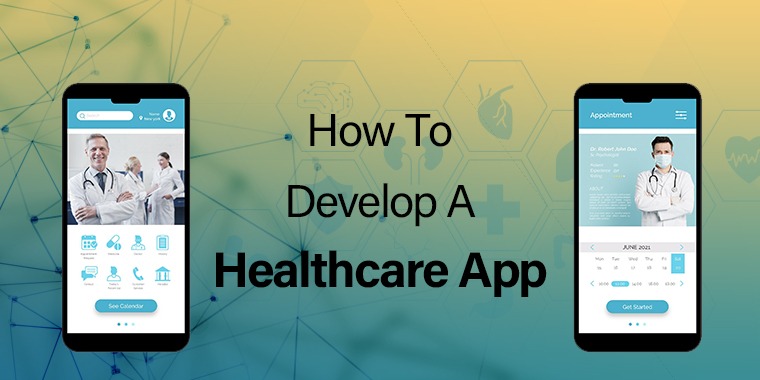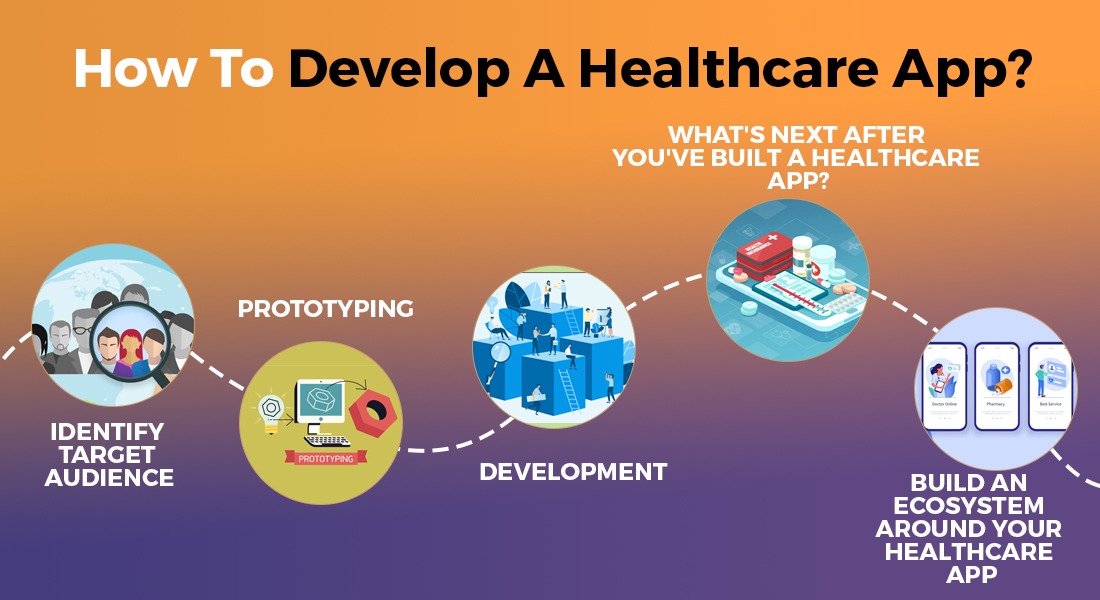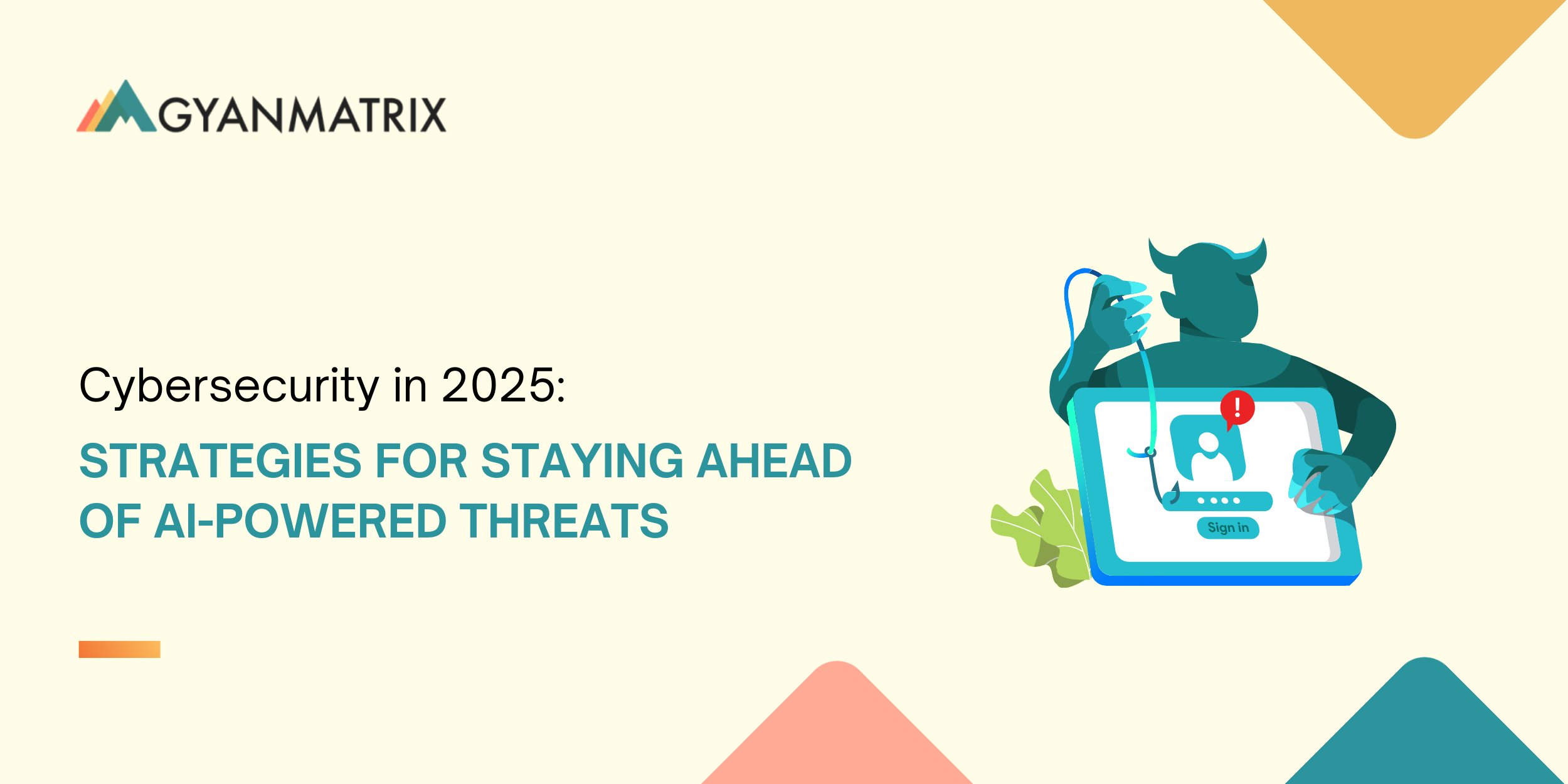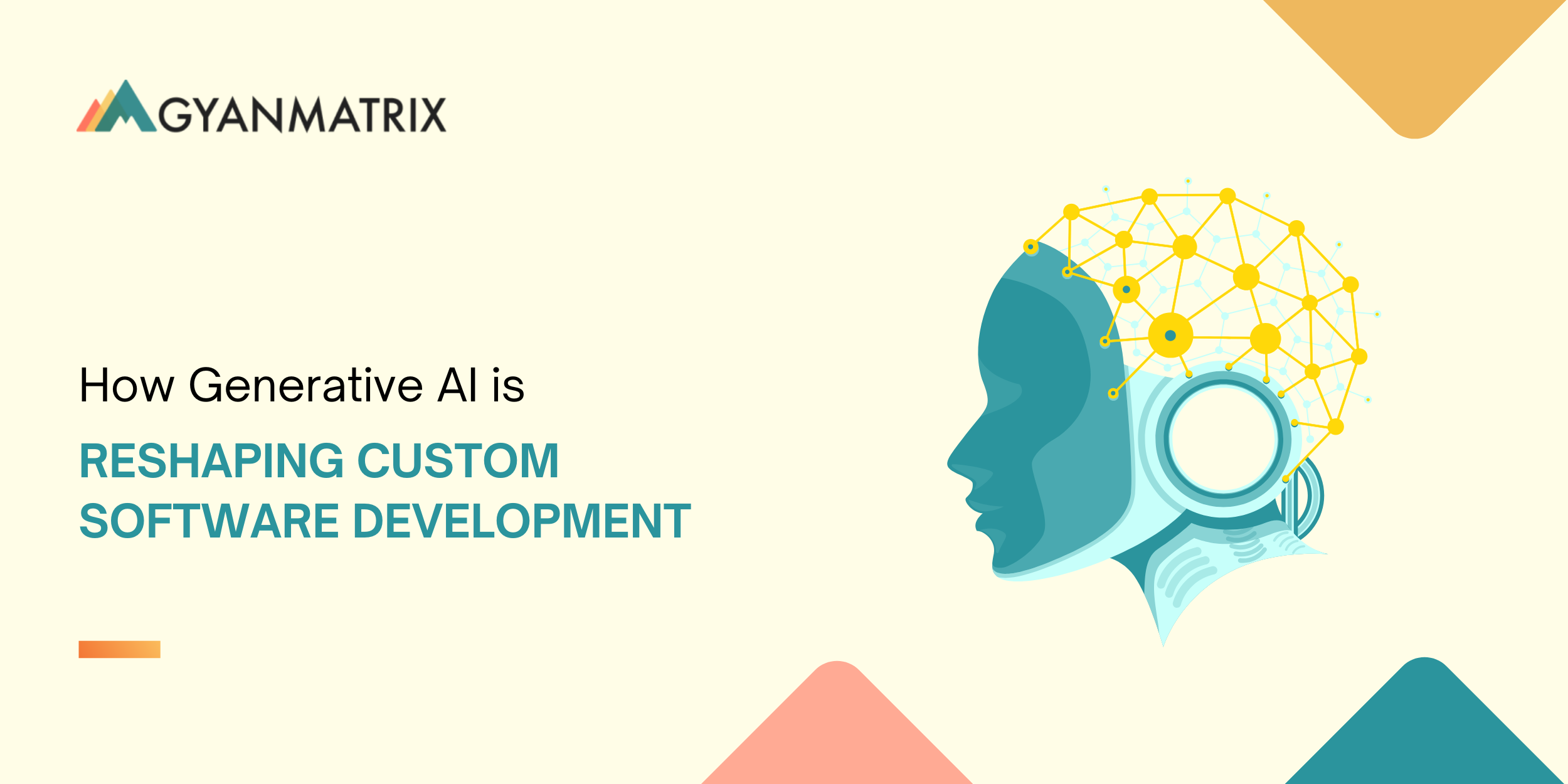How To Develop A Healthcare App: 5 Steps Guide For 2022
Are you an entrepreneur, or a startup looking to develop a health-related app development in India? If this is the case, then this guide is for you. Here, we’ll cover everything you need to know about how to create a health app.
App Development Services: How To Develop A Healthcare App?
STEP #1: IDENTIFY TARGET AUDIENCE
The healthcare app industry is very saturated. Therefore, App Development in India must carry out intense research to know how to build a medical app and understand its customers. There are industry-specific requirements when creating medical software.
DEFINE YOUR MEDICAL APP’S AUDIENCE
Find out about the people who will use your application. Their preferences and needs will inform every important decision you’re making in the development of your healthcare app.
CHOOSE A SUITABLE PLATFORM
These and many other factors will determine the features you’ll incorporate into your health app. They will also determine your selection of platforms and mobile devices such as:
- iOS or Android
- Smartphones, tablets, and smartwatches/ smart speakers/
- AI Integration by Google or IBM Microsoft
- AR VR, AR or IoT integration
STEP #2: PROTOTYPING
It’s not necessary to plunge yourself into developing healthcare apps following the compilation of an outline of requirements and features. The code you write is money taken from your pocket. Why not spend your time determining the idea of your iPhone healthcare app before you start?
This is done by prototyping the health features in clickable displays that look exactly like the real thing. The benefit of a prototype that can be clicked:
- you can experience it on your smartphone as if you were using an actual application
- it is easy to get a working prototype in the hands of customers to conduct A/B testing
- You can ask the developer from App Development Services if the features are feasible for a particular platform.
When prototyping, it’s like creating your healthcare app however, at the same time you’re not. Because at this point users aren’t able to download the application or take any other non-hardwired action within the prototype.
STEP #3: DEVELOPMENT
At this moment, you’ve got all the features that your medical app will need. Also, the prototype that allows you to click through. Gyanmatrix, a leading provider of Android app development services aims to build the main application from scratch and then continually test and iterate to make sure that the functionality is perfect.
We consider these three factors for a start to ensure you’re creating an app for health that can be a huge success.
SECURITY & COMPLIANCE
It’s not about the traditional HIPAA compliance, which should be maintained when private medical information (PHI) is in play. Based on the nature and the functionality of your medical application you’ll need to comprehend some of the concepts like:
- Apple’s Human Interface Guidelines for CareKit and HealthKit
- Android.os.health documentation
- IEC 622304 ISO27001 SOC2 Type 2, ISO27001, and several other standards
- MFi Program
- HITECH Act GDPR, HTML0, and various other regulations
The data of the patient must be transmitted to and back to the app in an encrypted format via an encrypted connection.
AGILE & CONTINUOUS DELIVERY
Agile is likely to be among your top priorities. It’s the ideal moment to begin practicing. When creating a healthcare application, it’s important to understand that by working in brief one-week sprints, you’ll get to the destination you want more quickly and in fewer repetitions. There’s ample time to check the final scope and modify future sprints if needed.
Another thing you must be watching for should be continuous deliveries. The team responsible for developing the app for healthcare must create an environment that permits QA engineers and your team to evaluate finished features without interfering in the next set of features.
[Also Read: Importance Of Android App Development For Business]
STEP #4: WHAT’S NEXT AFTER YOU’VE BUILT A HEALTHCARE APP?
What can you do when you have an app developed? You can make it available to Google Play and Apple Store, or make it available for users to use on an as-needed basis, especially if it’s a private medical application.
This is also where the fun really begins. As you’ve launched your product, you begin to think about the possibility of future iterations.
ASK FOR USER FEEDBACK OPENLY
You could always incorporate an automated feedback system for customers for users to express their displeasure through the app without writing a negative review. It’s certainly not a bad idea to read and engage by reading user reviews from app stores.
WATCH MAJOR OS UPDATES
The new features could also be added when you update your health app to work with the most current OS version. It’s important to note that even although the majority of OS updates will leave your existing apps running, the process of updating your mobile application is always a good idea.
STEP #5: BUILD AN ECOSYSTEM AROUND YOUR HEALTHCARE APP
If your app is running smoothly by receiving frequent updates and brand new features, now is the time to take a step back and look at the larger picture. Are you able to see the possibility to increase the value of the users of your medical app by expanding to other platforms? Is there a specific platform (smartwatch perhaps?) that requires only integration?
In time, you’ll begin looking for these opportunities. Make sure you transform them into growth opportunities by developing your app into a complete ecosystem.
[Also Read: How To Build A Successful Android App in 7 Steps]
Conclusion
What is the best way to create a healthcare application? It’s a difficult but achievable task provided you have the right resources. There are many Web Application Development Services providers such as Gyanmatrix that can help ease the burden of hiring and managing the development team.
Cybersecurity in 2025: Strategies for Staying Ahead of AI-Powered Threats
In 2025, the cybersecurity landscape is more complex than ever. The rise of AI-powered ...
How Generative AI is Reshaping Custom Software Development
Generative AI has moved beyond the hype and is now becoming a transformational force in ...
From Legacy to Cloud-Native: A Roadmap for Digital Transformation
In today’s hyper-competitive digital world, businesses cannot afford to be slowed down by rigid, outdated ...
AI‑Powered Personalization in Custom Apps: Real‑World Use Cases for 2025
In today’s fast-moving digital landscape, personalization is no longer a luxury—it’s a user expectation. ...
Agentic AI: Empowering the Next Generation of Smart Enterprises
In today’s rapidly evolving digital world, organizations are no longer just competing on products or ...
Latest Trends Followed by Mobile App Development Companies in 2025
Introduction The mobile app development industry is evolving at lightning speed, driven by user demands, ...









